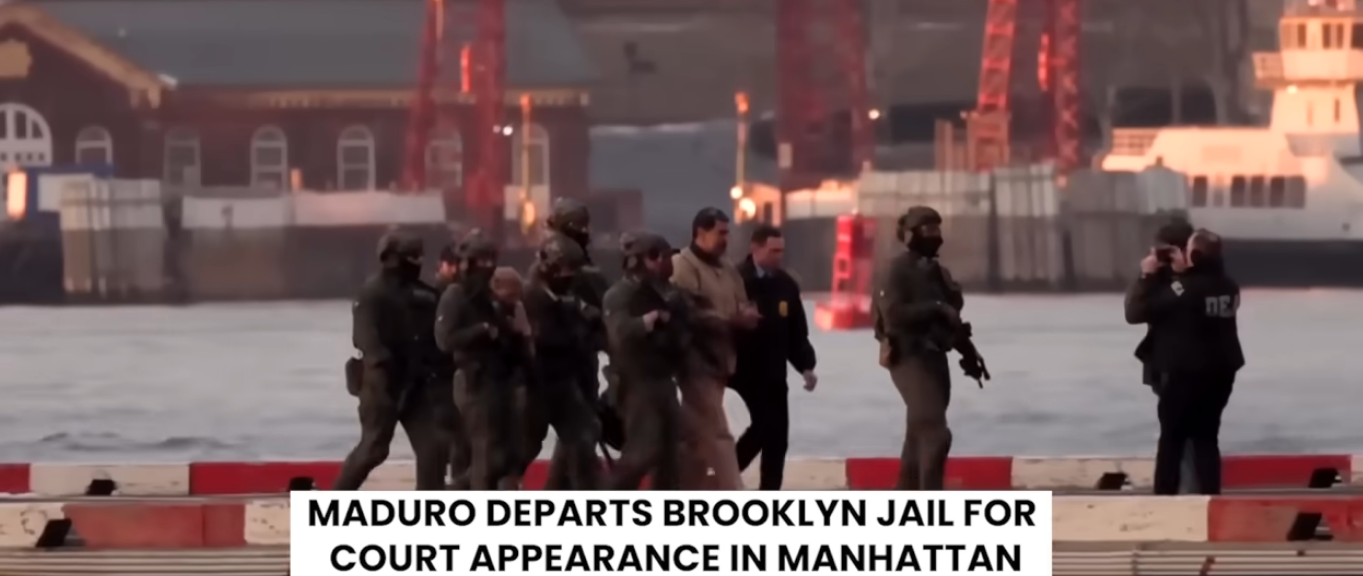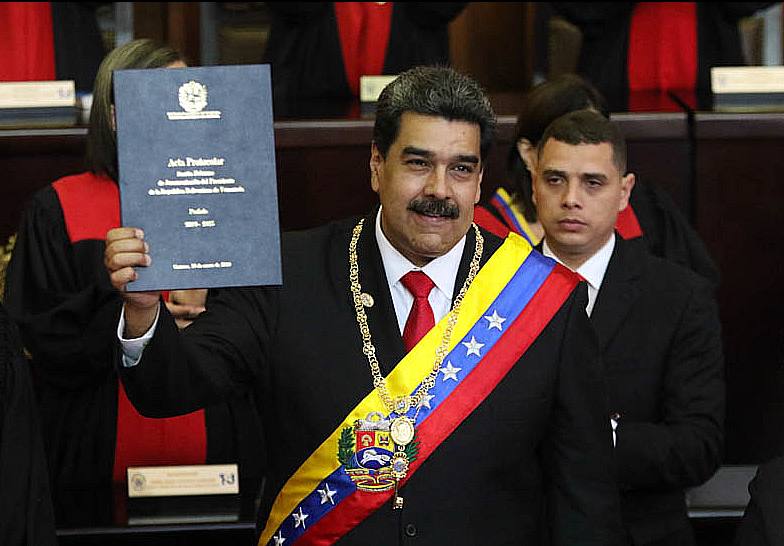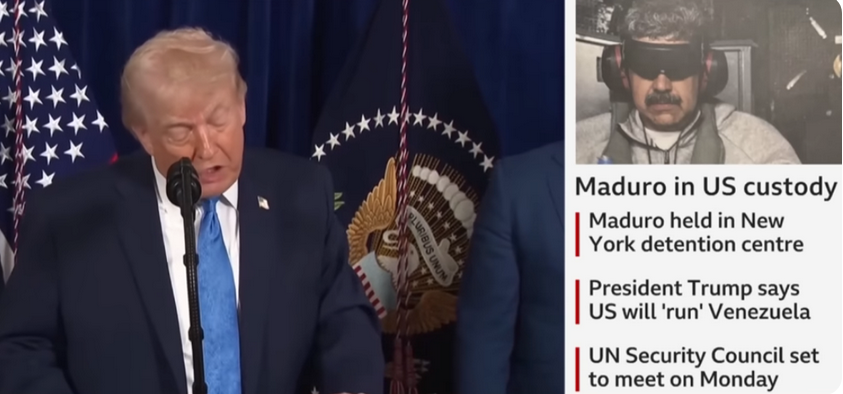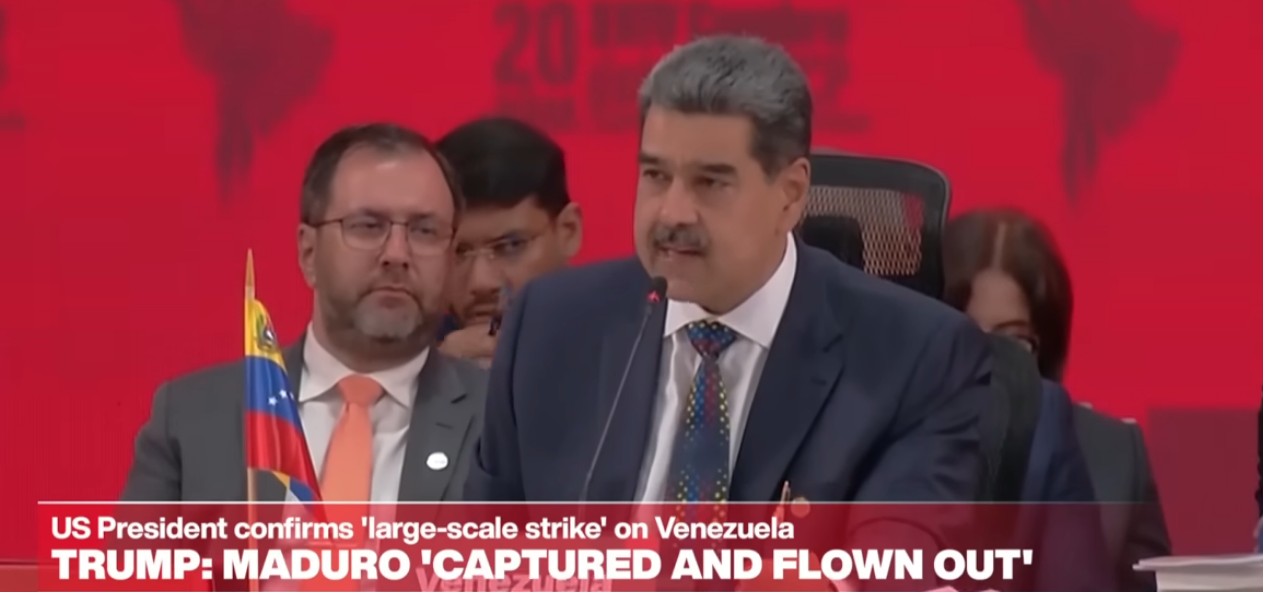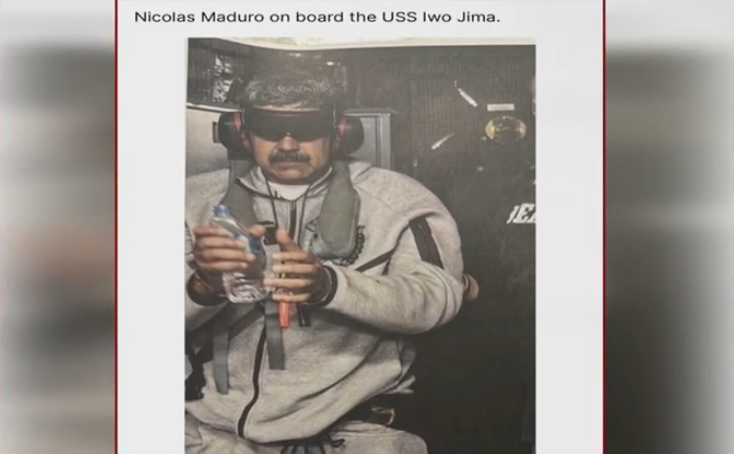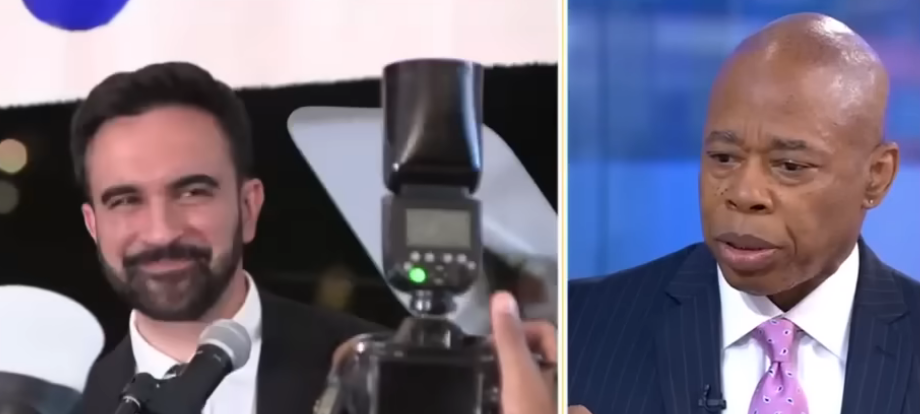[COVID-19\Cure Violence Groups]
Williams: “Our office has led the call…in pushing, for the city to move away from a law-enforcement centered response and to employ a grassroots, community-driven approach… encouraging social distancing- specifically by utilizing the existing Cure Violence Model.”
Photo: YouTube
NYC’s Public Advocate Williams welcomes inclusion of Cure Violence groups in COVID-19 response, while calling for less NYPD involvement in social distancing compliance.
Public Advocate Jumaane D. Williams responded to the Mayor’s announcement today that Cure Violence groups will be involved in the city’s response to the COVID-19 pandemic, disseminating information, distributing masks, and engaging the community on social distancing measures.
In a statement, to the New York City Council, the Public Advocate welcomed the change while criticizing the de Blasio administration for not heeding his office’s calls to adopt this strategy more quickly:
“For many weeks our office has led the call, one I’m glad many other integral voices were critical in pushing, for the city to move away from a law-enforcement centered response and to employ a grassroots, community-driven approach to sharing information and resources while encouraging social distancing- specifically by utilizing the existing Cure Violence Model. That the Mayor finally agreed to work with these groups is welcome, but we would already be seeing public health benefits if the administration had heeded our initial calls, a hesitation which is a characteristic of much of the administration’s response to this pandemic.
“The delay in adopting this strategy mirrors the city’s initial reluctance to support the Crisis Management System and Cure Violence groups years ago, doubting their effectiveness even as the Council secured funding. Years later, we have seen the results – this system has clearly played a major role in reducing gun violence and saving lives across our city, and it will continue to save lives in the streets now by using the same networks and credible messengers to achieve harm reduction.”
Public Advocate Williams has called for the inclusion of Cure Violence groups in the coronavirus response for several weeks, reiterating that call as racial disparities in police enforcement have been revealed. These efforts, he argued at Friday’s City Council oversight hearing on NYPD’s social distancing enforcement, would be part of a holistic community approach encouraging safe public health practices, as opposed to a law enforcement response.
Williams’ full Friday speech to the New York City Council is just below.
Good Morning,
My name is Jumaane D. Williams, and I am the Public Advocate for the City of New York. I want to again like to thank Chair Richards and the Speaker for holding this important hearing that continues our conversation on social distancing enforcement.
Today’s hearing stems from the disparity we have seen from the New York Police Department in its enforcement of social distancing. We have seen the videos, the images, and the data showing racial disparities that invoke previous variations of policing in this City. Over 80 percent of people who received summons were either Black or Hispanic, bringing into question whether this is effective at all. The short answer is no, issuing summons and arresting people is not an effective way of ensuring social distancing or getting people to comply. The NYPD itself selectively showed us what is effective by handing out masks to people in the Upper East Side. What still clearly unacceptable is the response in communities of more color, such as the May 3rd incident in East New York, where persons were punched, arrested, and detained only to later be released or the incident that was spoken about with officer Garcia in the Lower East Side. We only know of incidents that were recorded and gained online attention, yet I fear the incidents that were not. The pandemic is not an excuse for police abuse of any kind.
Though I am relieved to see many of the recommendations I proposed in my COVID-19 Preliminary Response and Recovery report reflected in the Mayor’s recent “reset” of social distancing, I do not believe the NYPD should be the primary agency tasked with compliance of public health guidelines. I agree with the Mayor on many elements of this reset – Yes we should distribute more masks and face coverings at parks, issue fewer summons, support community members to educate people on social distancing, and create open spaces by expanding several miles of streets- but the effectiveness of these measures will largely depend on who is responsible for their enforcement.
For many weeks, our office has led the call, one I’m so glad many others have joined because they brought us to where we are today, for the city to move away from a law-enforcement centered response and to employ a grassroots, community-driven approach to sharing information and resources while encouraging social distancing, specifically by utilizing the existing Cure Violence Model as well as other things. A few weeks later we led the call in asking for the data, which is some of what we received that showed what we were afraid of, and we’re still waiting on the rest of it. I understand that within the last hour, the Mayor has finally agreed to work with these groups. This development is welcome, but we would already be showing public health benefits if the administration had heeded our initial calls, a hesitation which is a characteristic of much of the administration’s response to this pandemic.
The delay in adopting this strategy mirrors the city’s initial reluctance to fund the Crisis Management System and Cure Violence groups that this Council funded years ago, doubting their effectiveness. Years later, we have seen the results – this system has clearly played a major role in reducing gun violence and saving lives across our city, and it will continue to save lives in the streets now by using the same networks and credible messengers to achieve harm reduction.
I have also urged the Department of Mental Health and Hygiene to have a more central role, as the guidelines we are relying on our communities to adhere to should be directly provided and supported by public health agencies and organizations. I am concerned, however, that DOHMH and Health and Hospitals representatives are not here for this important hearing.
There are also other ways we can and should go further.
The City needs a holistic strategy to address social distancing, as the warmer months approach and more people leave their homes, that does not rely on law enforcement. I am concerned about the City’s plan for our beaches, for example, as the Commissioner of Parks and Recreation noted earlier this week that the NYPD will help enforce rules. Instead, the Mayor should rely on community members and other health agencies. I also call on the Administration to install hand sanitizer dispensers near the entrances of public parks and near bike-sharing stations. I applaud the free 30-day bike-share membership for first responders and other critical workforce members, and urge the Mayor to extend this benefit to all essential workers over a longer period of time. I also continue to call for the reinstatement of the Summer Youth Employment Program, which we know keeps young people meaningfully engaged and dramatically reduces incarceration rates of youths as seen in a 2014 study of the City’s SYEP program. These ideas are useful in prioritizing the health and safety of New Yorkers. I also understand the administration took another of our ideas engaging other agencies in being part of spreading the message and continue to get information on how those vehicles are being used.
Our responses to this pandemic will either exacerbate the spread of the coronavirus or lead us on a path to recovery. We cannot rely on reactive responses based on videos and images that force that administration’s hand. We need a proactive approach that puts the community first with members of that community leading the effort. This is why my office and many members of the Council have expressed concerns about the minimal cuts to NYPD’s budget, as the administration’s overall budget decisions do not appear to put the community first. I agree with everyone that we have to adhere to this. It’s how we get compliance that is important. The most important thing to me is that I am glad some saying that mistakes were made. But what we have to admit as a City and as an administration there is disparate policing in Black and Brown communities. That is at the core of this issue. I have always heard that is not the issue. We have heard that responding to calls. Well the Daily News reported most 311 calls come from white communities, but most arrests and summons come from Black and Brown. We heard that with marijuana arrests. We heard that when people are killed unarmed. I heard that when I was arrested on Labor Day 2011 and went out with my good friends to get into an event I was invited to. All of these are not asides, these are core issues that we have to address as City to benefit the community and the police officers that do a great job in our City.
I’ll echo what Commissioner Shea and I agreed on at last week’s hearing– we need to work together and not take a step back. The use of police to enforce public health guidelines is ill-advised, given the existing relationship between the department and many communities of more color that we are seeking to mend. With that, I’m looking forward to your testimony. Thank you chair, and I look forward to today’s testimony.


